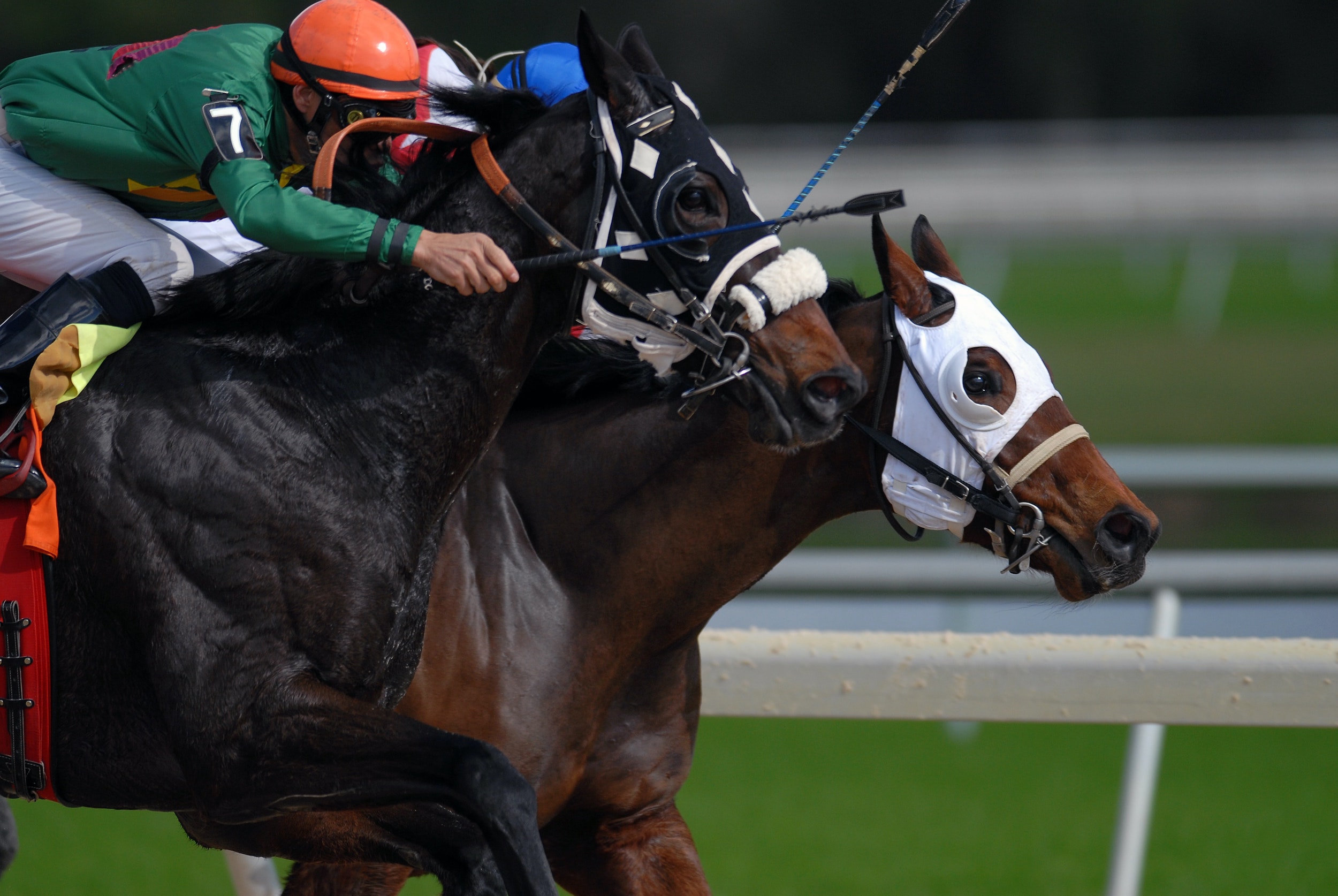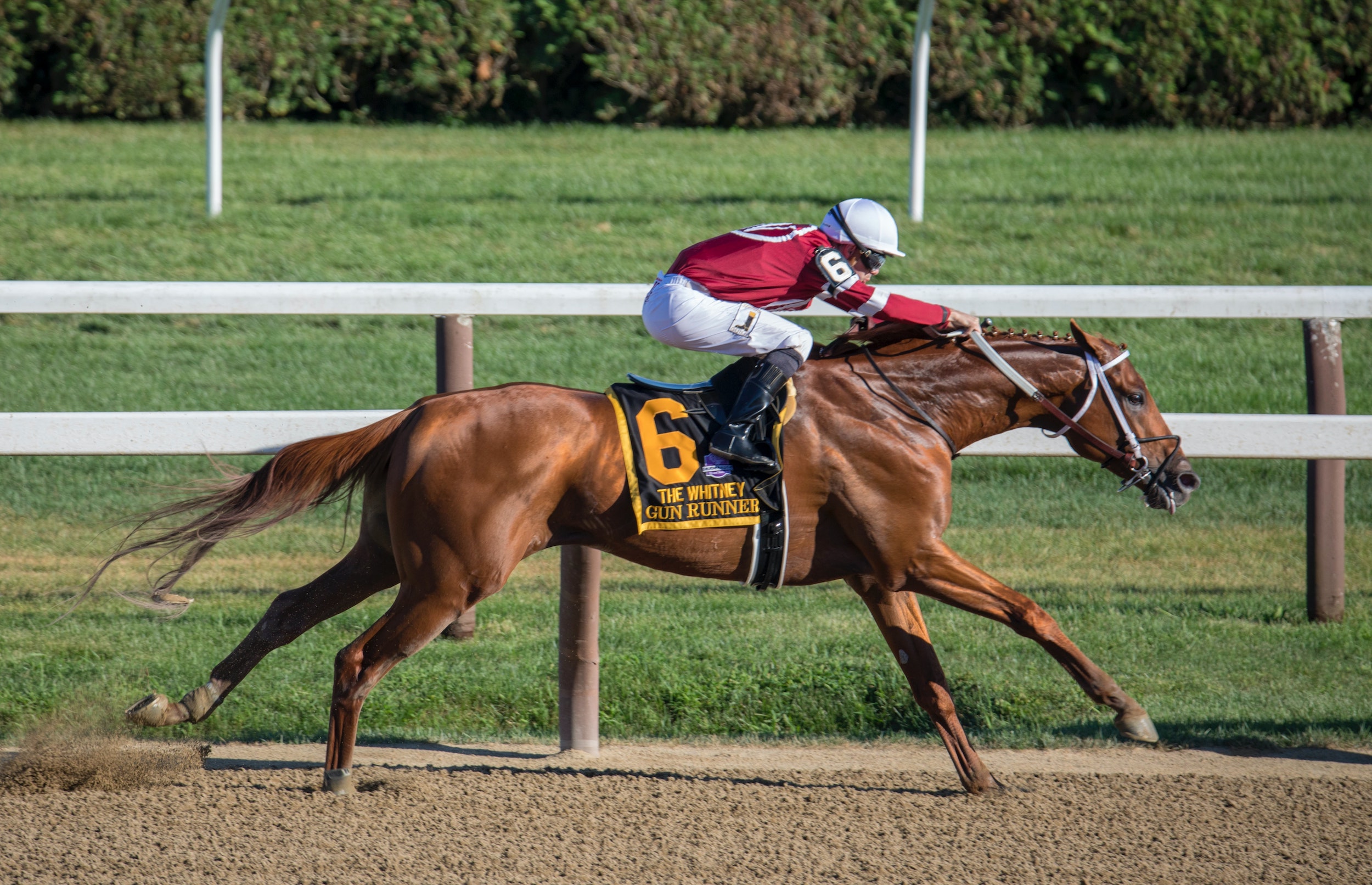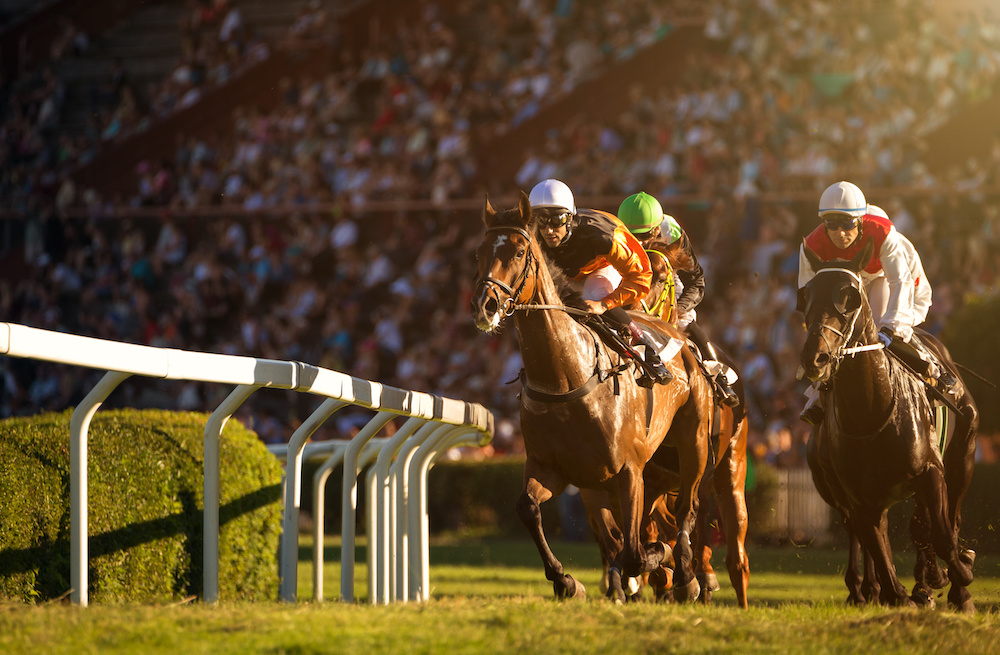If you’re new to horse racing, you might hear a lot of new terminologies when discussing different races, especially when it comes to horse racing distances. Understanding the vocabulary of horse racing will help you better understand the sport itself and help you place smarter bets. Let’s break down some of the unique terms used to measure horse racing distances in the United States.
What Is a Furlong in Horse Racing?
A furlong is a length equal to 220 yards or an eighth of a mile. While rarely used outside horse racing today, the furlong was a standard unit of measuring length back when horse racing first became a formalized sport in 16th-century England. It became the standard for all racetracks that followed in the English tradition, including those we find in America today.
Horse racing distances are typically measured in miles, with furlongs used for any distance shorter than a mile. Once a race exceeds a mile, any remaining distance is generally measured by fractions of a mile.
For example, a half-mile race is listed as “four furlongs” while a mile and a quarter race is listed as “a mile and quarter” rather than a mile and four furlongs.
How to Convert Furlongs to Miles
Here are some common horse race distances as listed in furlongs and miles:
| Furlongs | Miles |
| 1 | 1/8 |
| 2 | 1/4 |
| 4 | 1/2 |
| 5 | 5/8 |
| 5.5 | 11/16 |
| 6 | 2/4 |
| 6.5 | 13/16 |
| 7 | 7/8 |
| 7.5 | 15/16 |
| 8 | 1 |
What Does “Length” Mean in Horse Racing Distances?
A length in horse racing measures the distance between finishers. A “length” is based on the size of the first horse that crosses the finish line as measured from nose to tail. The exact measurement of a race’s length can vary based on the horse’s size and stride pattern but is generally about 8 to 9 feet.
A length is a measurement of the distance as the horses cross the finish line. Let’s say Horse A is 8 feet long and finishes first in a race. Horse B finished second, with its nose crossing the finish line exactly 32 feet behind Horse A’s tail. In this scenario, we’d say that Horse B lost the race by 4 lengths.
What if the Distance Between Horses Is Less Than a Length?
If the distance between finishers is under a length, the distance will be measured with reference to the equine body, using terms such as a “neck”, “head”, “short head” or “nose.” A photo finish can go to the horse that exhales at the right time, causing its head to bob forward at just the right time, referred to as winning on the bob.
These terms can then be converted into lengths. For instance, nose is equal to 0.05 of a length, head is equal to 0.2 of a length, and neck is equal to 0.3 of a length.
In the United States, horse racing bookmakers will typically denote these terms using the following abbreviations:
| Margin | Abbreviation |
| Nose | ns |
| Head | hd |
| Neck | nk |
| Half a length | 1/2 |
| Three quarters of a length | 3/4 |
Want to learn more about the world of horse racing and betting?
Visit our Horse Racing FAQs & Glossary.
The more you know about horse racing and its culture, the better you can become at placing successful bets. If you’re ready to start winning big, be sure to browse the rest of the blog. We’ve served racing enthusiasts since 1947, helping you make the best bets possible.




